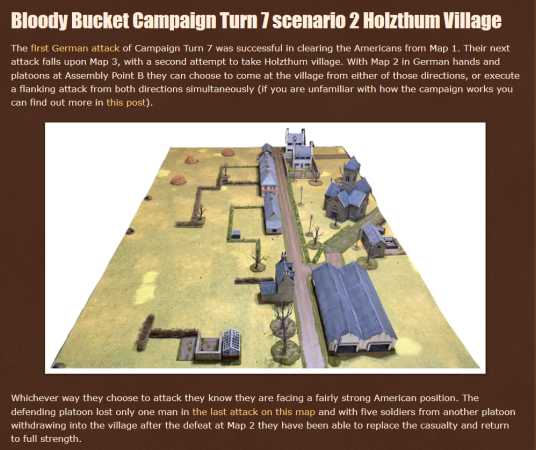The T60 Light Tank was produced by the Soviet Union from 1941 to 1942 as a fast scout tank, and entered service just before Operation Barbarossa. Over 6,000 were produced, but its armament proved insufficient and so the T60 was later replaced by the T70 light tank.
![]() Editor in Chief Bill
Editor in Chief Bill ![]()
![]() gave me a full platoon of three of these to paint, so without hesitation I put myself to work!
gave me a full platoon of three of these to paint, so without hesitation I put myself to work!
Materials Used
- Paints
- Inks
- GW
- Devlan Mud
- brown ink
- Winsor & Newton:
- Peat Brown
- GW
- Other Material
- PVA
- Fine sand
- Plaster of Paris
The models (which feature resin hull and turret, and metal treads and gun) were cleaned, assembled, and primed in black primer.
Now my normal procedure to paint vehicles involves the use of a number of successive layers of drybrushing, in order to achieve a worn-out look to the vehicle itself. The tanks were therefore basecoated in German Camo Dark Green, and a first coat of Russian Uniform was drybrushed onto this.
As a matter of fact, the brush should not be completely dry, as when you are trying to just pick up the highlights of something, but have a little more paint on it so that you can slowly build up the colour without it being streaky; the right amount, as always, is a matter of practice, but you will find it is not difficult to determine it once you give this technique a shot or two.
After this, the tanks were given a liberal wash of Peat Brown ink, followed by another coat of Russian Uniform.
Then we had a very controlled wash of Devlan Mud, taking care to not let it pool too much on any flat surfaces; and then a very light drybrush (a real one this time) of Russian Uniform on the areas I wanted lighter, with a final higlight drybrushed on in Russian Uniform mixed with Khaki.
The treads were painted in Chaos Black and highlighted with Black Grey, while the tank commander had his flesh areas basecoated in Scorched Brown, and then the features picked up in Sunny Skintone; his leather cap was similarly coated in Scorched Brown and highlighted with Snakebite Leather, while his suit was painted in Prussian Blue.
Now I know that for most of the people, when thinking about Russia, snow is the first thing that comes to mind, but what you have even more often than snow - as the Wehrmacht learned to its own expense - is mud. Oceans of mud. So this is what I tried to achieve when I set up to weather the tanks.
I prepared a paste using Plaster of Paris, sand, PVA, and water, and colored it with USA Tan Earth.
You want this to be not exceedingly solid, but not too runny either, something in the area of cream cheese to give an idea of the consistency.
With an old brush (believe me, you don't want to use your best new brush with this), I applied it to the treads and the road wheels, trying to follow where mud would actually build up on a real tank. When this was dry, a drybrush of USA Tan Earth was given to the lower parts of the hull, to blend things better and show where the tank would be dirty without being caked in mud.
As a final touch, as I always do, the whole models were given a very light brown wash, just to bring everything together - and voila, ![]() Editor in Chief Bill
Editor in Chief Bill ![]()
![]() now has a nice T60 platoon ready to fight for the Motherland against the fascist invaders!
now has a nice T60 platoon ready to fight for the Motherland against the fascist invaders!











